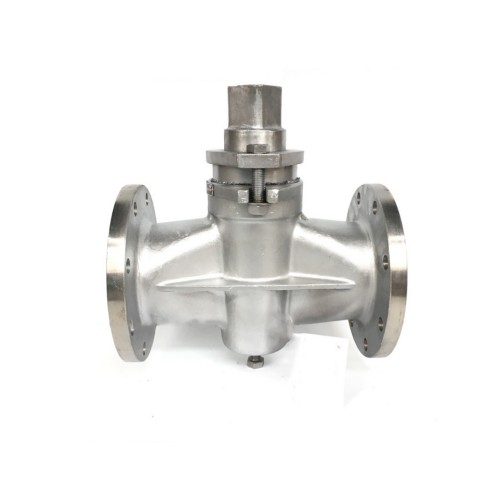Durable Industrial Swing Check Valve for Reliable Flow Control Solutions
Industrial Swing Check Valves Essential Components for Fluid Control
In various industrial sectors, the efficient management of fluid flow is critical to ensure operational safety and efficiency. Among the array of devices designed for fluid control, the swing check valve stands out as a pivotal component. This article aims to provide an overview of industrial swing check valves, exploring their design, functionality, applications, and benefits.
What is a Swing Check Valve?
A swing check valve is a type of non-return valve that allows fluid to flow in one direction while preventing backflow. It operates on the principle of gravity and fluid pressure, which allows a hinged disc to swing open when fluid flows in the desired direction. Once the flow ceases or reverses, the disc closes against a seat, effectively sealing the valve and preventing any backflow.
Design and Construction
Industrial swing check valves are typically constructed from durable materials such as stainless steel, cast iron, or bronze to withstand harsh operating conditions, including high pressures and corrosive environments. The valve consists of a body, a disc, a hinge, and a seat. The design variations may include
1. Spring-loaded Swing Check Valves These valves have a spring mechanism that helps close the disc more quickly, providing better prevention of backflow.
3. Heavy-duty Models Designed for demanding applications, these models can handle higher pressures and temperatures.
industrial swing check valve

How Does it Work?
When fluid enters the valve, it pushes the disc open, allowing flow through the pipe. The angle of the disc is usually set at a specific degree to minimize flow resistance. If there is a sudden drop in pressure or flow reversal, the disc swings back and seals against the seat, effectively preventing backflow. This simple yet effective mechanism is what makes swing check valves highly dependable in various applications.
Applications
Swing check valves are utilized in a plethora of industries, including
- Water and Wastewater Treatment They are essential in pumping stations to prevent reverse flow that can lead to contamination. - Oil and Gas Industry In pipelines, these valves help prevent backflow, maintaining system integrity and safety. - Power Generation Used in cooling water systems and steam lines, they ensure efficient operation of turbines and other machinery. - Chemical Processing They are employed to protect equipment and maintain process integrity by preventing backflow of hazardous materials.
Advantages of Swing Check Valves
1. Efficiency Swing check valves offer low resistance to flow, allowing for efficient operation in various systems. 2. Durability With robust construction materials, these valves are designed to withstand extreme conditions, ensuring a long operational life. 3. Simplicity Their straightforward design makes them easy to install and maintain, reducing the downtime associated with valve service. 4. Cost-effectiveness Given their durability and efficiency, swing check valves prove to be a cost-effective solution for many industrial applications.
Conclusion
In conclusion, industrial swing check valves are essential devices for maintaining fluid control and preventing backflow in various sectors. Their reliable operation, versatility, and durability make them a preferred choice for engineers and operators alike. As industries continue to evolve and face new challenges, the role of swing check valves in ensuring safety, efficiency, and operational integrity will remain crucial. By understanding their design and applications, industries can leverage these components to improve their fluid management systems and enhance overall productivity.
-
The Key to Fluid Control: Exploring the Advantages of Ball Valves in Industrial SystemsNewsJul.09,2025
-
The Versatile World of 1, 2, and 3 Piece Ball ValvesNewsJul.09,2025
-
Stainless Steel Ball Valves: The Ideal Choice for Efficient Flow ControlNewsJul.09,2025
-
Optimizing Fluid Control with Ball Float ValvesNewsJul.09,2025
-
Manual Gate Valves: Essential for Control and EfficiencyNewsJul.09,2025
-
Everything You Need to Know About Butterfly ValvesNewsJul.09,2025
-
The Versatility of Wafer Type Butterfly ValvesNewsJul.08,2025




